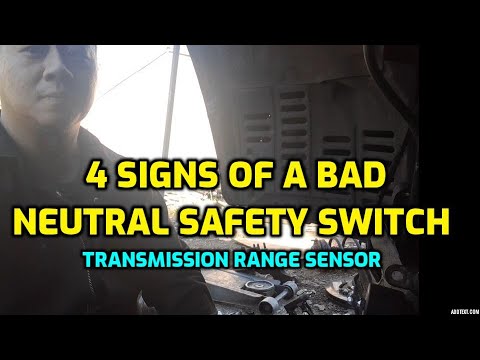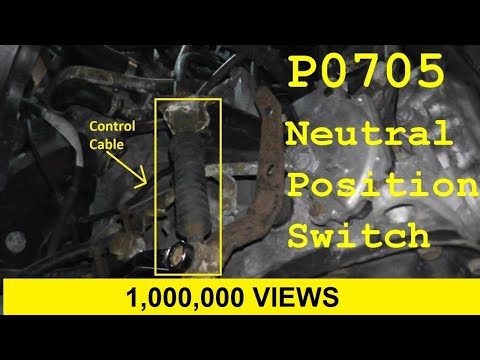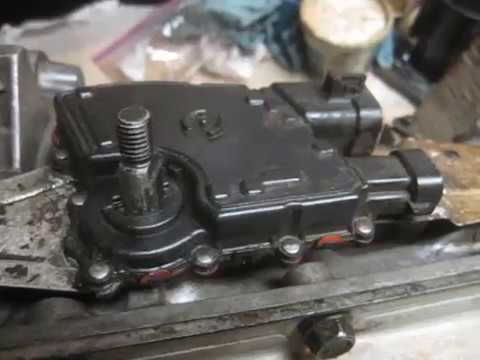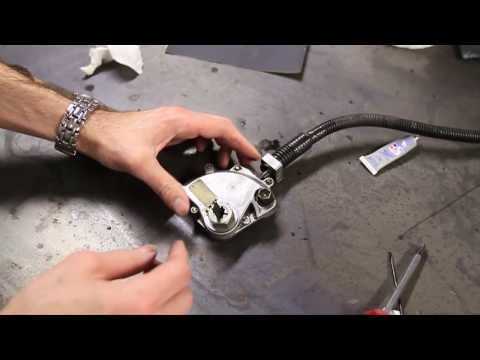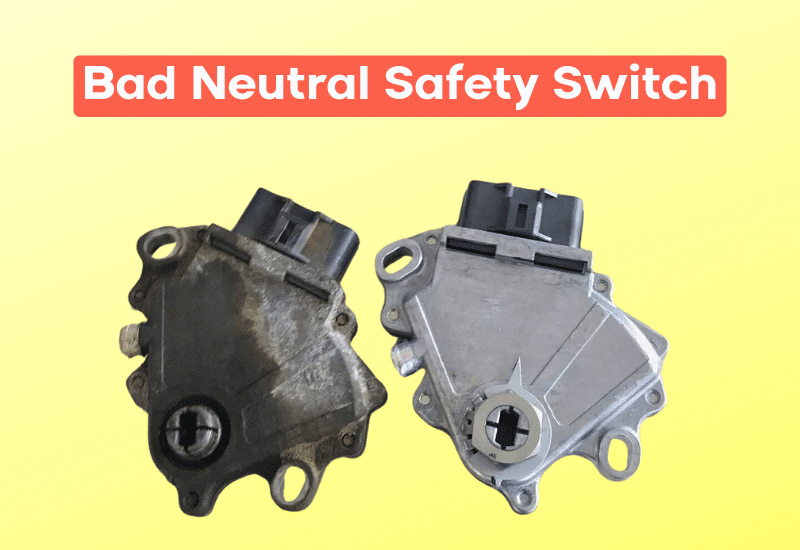
Your car’s neutral safety switch is engineered to prevent you from starting the car in gear. If your car is in drive, reverse, or any low-range gear, turning the key or pressing the ignition button will do nothing. The neutral safety switch will only let the car’s ignition system operate normally when it’s in Park or Neutral.
While it’s meant to last the car’s life, it’s possible for a neutral safety switch to malfunction over time. This can manifest as a strange check engine light, random unexplained stalling events when driving, and the car mysteriously coming out of gear, falling into neutral. In some models, it might even activate “Limp Home” mode.
So, while it might not seem like a big deal, a failing neutral safety switch can cause big damage to the transmission and other vehicle components.
To help you figure out if you do indeed have a failing neutral safety switch or if the symptoms you’re experiencing are a different mechanical fault, we’re going to have to turn in some important details.
How Does a Neutral Safety Switch Work?
A neutral safety switch on an automatic transmission works a lot like a clutch safety switch does in a manual transmission car by preventing the driver from being able to start the engine while it’s in gear. If the automatic transmission is in Park or Neutral, the neutral safety switch will only allow electrical current to flow to the starter solenoid.
If the car is in gear, or the neutral safety switch is going out, and it thinks the car is mistakenly in gear, it won’t send power from the battery to the starter motor or the spark plugs.
Since it’s usually integrated with the car’s automatic transmission, a failing neutral safety switch can cause problems shifting gears, causing the engine to stall or hesitate when shifting gears.
6 Common Signs of a Failing Neutral Safety Switch
The signs of a failing neutral safety switch can easily be mistaken for other faults in the engine, electrical system, or transmission. Often, you have to take all the various symptoms into account and perhaps take a few minutes to rule out other faults before assuming the issues you’re seeing are indeed a failing neutral safety switch.
1. The Engine Won’t Crank

The engine not even attempting to crank is one of the most common signs of a neutral safety switch problem. From the switch’s perspective, it thinks you have the car in drive or reverse, and it’s doing its job of preventing the engine from starting.
However, this could easily be mistaken for a battery problem or a completely burned-out starter. If you hear a “Click” and the lights are dim when you turn the key into the ON position, then it’s likely the battery, and you should test it with a multimeter or voltmeter.
If it’s the starter, you likely would have noticed starting problems in the past. Not the least of which are ugly metallic grinding noises when you try to crank the engine.
If you haven’t noticed either of these signs, then it’s a strong indicator that the neutral safety switch is going out.
2. The Car Hesitates to Shift Gears

The neutral safety switch is typically integrated with the transmission, which can cause the car to hesitate when shifting gears. Especially when starting out in first gear or shifting the car from neutral into reverse.
This can mimic various transmission problems, such as low transmission fluid or a problem with the TCM or a shift solenoid. If you check the transmission fluid when the engine and transmission are cold, and it’s normal for the COLD mark, and it looks normal, you can rule out the fluid.
If the TCM fails or you have a bad shift solenoid, you’d likely get the check transmission or check engine light flashing when shifting into first gear or reverse. This would then throw a code that would be specific to the transmission’s performance. Such as
3. The Car Stalls Shortly After Going Into First Gear
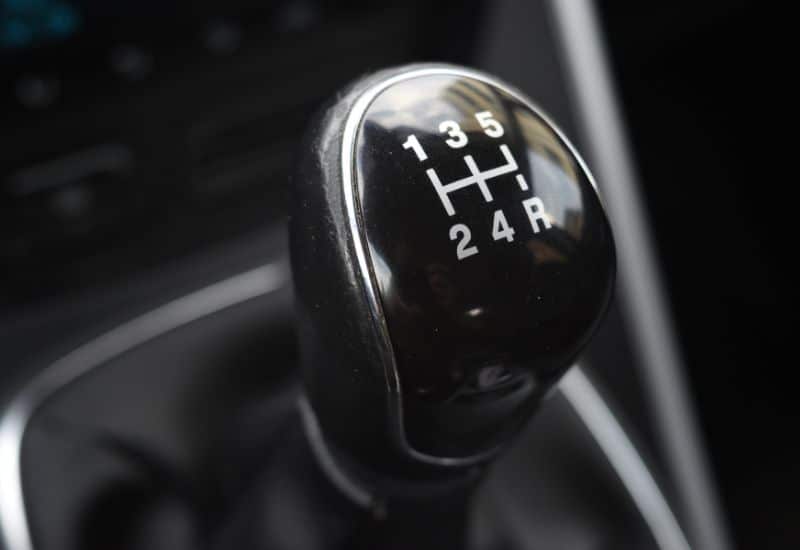
The car starting but then shifting hard and finally stalling just as it gets underway in first gear is another possible sign of a bad neutral safety switch. Here again, the switch is misreading whether the car is actually in gear or neutral, and it’s engineered with a bias toward safety, which is letting the transmission fall back into neutral.
A lot of times, once it stalls, the car will refuse to restart again. You might have to wait or even go so far as to disconnect the battery for 5 minutes before it will even attempt to let you try to start it again.
Here again, this could also be misinterpreted as a low transmission fluid problem, a failing TCM, or a problem with the torque converter.
If it is the torque converter, you will likely feel shuddering at all gear shifts, especially when downshifting or accelerating hard. It likely would have shown you signs of a major transmission fault long before this point, further indicating a neutral safety switch problem.
4. The Car Will Start in Neutral but Not in Park or Vice Versa

One of the odd quirks you find in a lot of failing neutral safety switches is that the car will start in neutral, but it won’t crank at all if you have the transmission in park. Of course, the reverse is also possible. A failing neutral safety switch might allow the car to start in park but not in neutral.
If you always start your car in park, this might head-fake you into thinking that it’s actually a bad ignition switch or some other electrical gremlin. So, it’s always wise to put in the due diligence to try both. If the engine cranks and starts normally in one but not the other, it’s another strong vote for a neutral safety switch problem.
5. The Backup Lights Won’t Come On
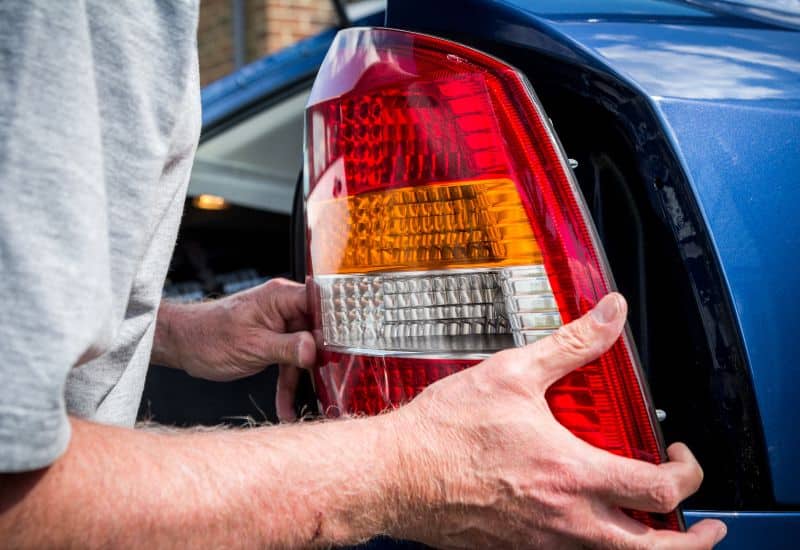
Another odd symptom of a bad neutral safety switch is your backup lights not coming on when you put the car in reverse. You might not realize it until you start backing slowly out of a parking spot, only to have someone honk at you, unaware until the last second that you were backing toward them.
This is the bad neutral safety switch failing to recognize the gear you’re in and often thinking that you’re in the Park when you quickly shift it into reverse.
6. The Check Engine Light Comes On
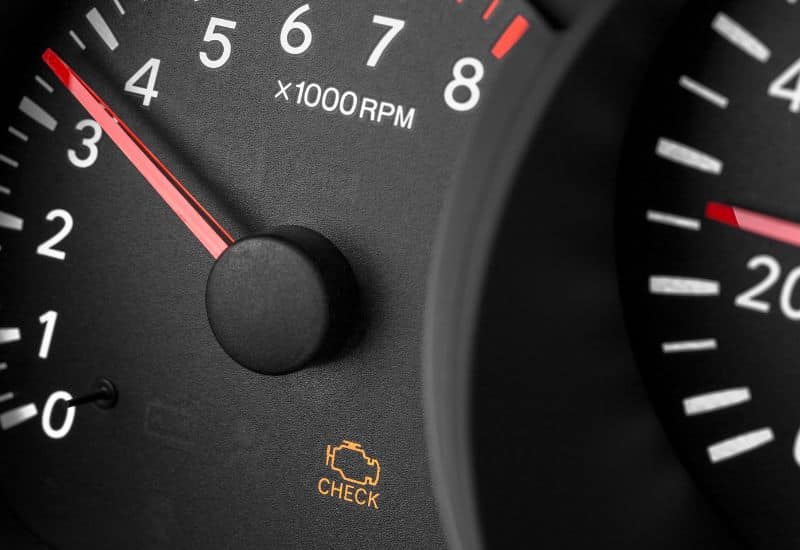
A failing neutral safety switch can cause the check engine light to come on. When it does, the car’s computer throws a code you can check on an OBD II scan reader.
Code P084F indicates a malfunctioning neutral safety switch. If you don’t have a code reader, most auto parts stores will hook it up to their reader for free.
How to Perform a Simple Neutral Safety Switch Test
If you don’t have a code reader and you’ve been noticing signs of a bad neutral safety switch, you can perform a simple test to help dial in the source of the problem.
If the neutral safety switch is working properly, the engine should not start. If it somehow does start, then the neutral switch needs to be replaced as soon as possible.
What Causes a Neutral Safety Switch to Fail?
Since it’s designed to last the life of the car, a bad neutral safety switch is usually related to some other electrical problem in the car or the steering column.
It’s also possible for a recent fender bender on the driver’s side to have jarred the switch or misaligned it. This would physically affect its ability to accurately detect the selected gear without causing it to fail completely. This is a more likely possibility if your neutral safety switch is on the steering column and is physically out of alignment with the selected gear.
With some electrical gremlins, a surge of power can cause the neutral safety switch’s fuse to blow. This is sort of a best-case scenario, as technically, all you have to do is replace the fuse.
Though you’re still left with the question of what electrical problem caused the fuse to burn out in the first place, it’s usually a short wire, often in the steering column, that will cause the fuse to burn out again in short order.
Where Is the Fuse for the Neutral Safety Switch?
When troubleshooting a bad neutral safety switch, the wise move is to check the fuse to ensure it hasn’t burned out. If an electrical surge caused the fuse to blow, it might mimic the signs of a completely failed switch, even though it’s completely fine!
The fuse for the neutral safety switch is usually in the engine fuse/relay box and is labeled NSS. Though it might be in the interior fuse box in some models with the gear selector on the steering column. Your owner’s manual can tell you which.
Where Is My Neutral Safety Switch?
If your car’s gear selector is “On the Floor,” meaning the center of the floor between and in front of the driver and passenger seats, then the neutral safety switch is integrated into the top of the transmission. If your gear selector is “On the Tree,” meaning it’s part of the steering column, it might be located next to the shift lever.
To find out for sure where your neutral safety switch is located, you’ll need to check the repair guide for your exact make and model.
Finding the Neutral Safety Switch On the Steering Column
If your neutral safety switch is on the steering column, you’ll need to unscrew and lift the console assembly surrounding the lever’s base to gain access to it. This might require screwdrivers and a ratchet.
Finding the Neutral Safety Switch on the Transmission
If your neutral safety switch is mounted on the transmission, you’ll need to jack up the car, block it off, and set the parking brake to get at it.
How To Adjust a Misaligned Neutral Safety Switch
If it’s merely a physical jolt or a recent fender bending that knocked your neutral safety switch out of alignment, you might be able to adjust it without having to replace it completely. This is easier to do if your switch is integrated into the steering column. Once you’ve found it and have free access, you might be able to realign it with some basic tools, an assistant to help you, and the following steps.
If the readjustment didn’t work, then you’ll need to replace the bad neutral safety switch.
Cost To Replace a Bad Neutral Safety Switch
Replacing a bad neutral safety switch is something that’s within the bounds of what a DIY mechanic can do. However, it can be challenging to get at in some models where the switch is mounted with the transmission.
The part cost for a new neutral safety switch is usually less than $50. If you need a mechanic to replace it, you can expect it to add another $75 to $100 in labor costs.
Though the real concern is what caused the NSS to go out in the first place if it’s an electrical issue and you’ve still been having fuse problems, the wise move might be to have a mechanic take care of the repair, as you often need professionally trained eyes to chase this type of electrical gremlin.
Frequently Asked Questions
Do Manual Transmission Car’s Have a Neutral Safety Switch?
Technically, cars with a manual transmission have what’s called a clutch safety switch. It works like an automatic transmission’s neutral safety switch does in that it mechanically prevents the engine from starting when in gear. However, it doesn’t have the same electrical sophistication as the automatic version.
Is It Safe to Drive a Car with a Bad Neutral Safety Switch?
A bad neutral safety switch can wreak havoc with your transmission if you leave it unchecked. Shift solenoids, the valve body, and the TCM can suffer excess stress due to a failing NSS’s shifting and engagement issues. Not to mention the very real chance that, at some point, it will completely fail and leave you stranded somewhere!
Conclusion
The early signs of a bad neutral safety switch often start out like silly little quirks. The car might start in neutral but not park or vice-versa. It might have times when it doesn’t want to start at all. There might be times when the car hesitates to go into first gear, then shudders within 100 feet, and falls into neutral or stalls, then refuses to restart.
Though a bad neutral safety switch can also mimic a lot of other faults with the transmission, engine, or electrical system, one quick way to test is to step on the brake and try to start the car in drive or reverse. If it cranks, it’s a strong sign that the neutral safety switch is dying and needs to be adjusted or completely replaced.
Before you dive headlong into a repair, make sure to check the NSS fuse in the engine bay fuse/relay box. If it’s burned out, the switch might be completely fine. Replace the fuse and test the NSS again. If the car starts normally, it’s just the fuse, but you’ll still have some other electrical gremlin or short-circuited wire to deal with.

Written By
Jason Farrell
Jason Farrell is a certified master technician, the editor of Mechanic’s Diary in Pittsburgh, Pennsylvania. He is ASE (Automotive Service Excellence) certified and earned a Bachelor’s Degree in Automotive Technology from Pittsburg State University. With nearly 18 prior years of experience in the automotive field, he has extensive knowledge about Domestic, European, and other foreign makes and models of cars and light trucks. Jason’s experience working as a technician and service manager at dealerships, gave him the experience and know-how of most aspects of inspection, diagnosis, and repair from engine and drivability to electrical, HVAC, brakes, steering and suspension and everything in between.

